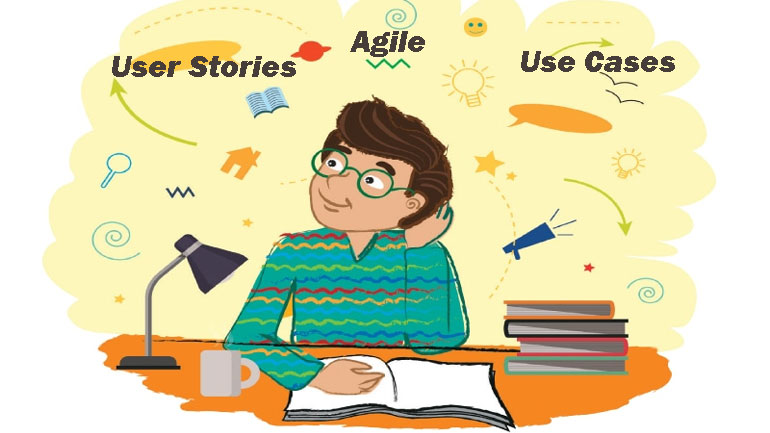 Agile methodology, unlike the waterfall model, is not restricted to one phase at a time. Conventionally, in classic mode Requirement gathering, analysis, development, testing will happen strictly simultaneously one after another.
Agile methodology, unlike the waterfall model, is not restricted to one phase at a time. Conventionally, in classic mode Requirement gathering, analysis, development, testing will happen strictly simultaneously one after another.
However, Agile provides the agility, to execute concurrent phases. It gives you enough liberty to break the delivery into small chunks and occupy all phases in a mini-lifecycle event stretching over 2 weeks to a month. Once we understand, basic of Agile, it provides tools and concepts, to get to work and achieve deliveries in smaller time frames.
What is the Difference Between User Story vs. Use Case?
Developers can and should rely on both user stories and use cases within Agile software development. However, the two descriptions of user needs differ.
User stories
- Short descriptions
- The requirement’s who, what and why
- General guidance
- No technical detail
- It is logged onto JIRA tool
Use cases
- Short or lengthy descriptions
- User flow or interaction
- In-depth guidance
- Detailed to write
- It is documented in the FRD
Let discuss in detail but to know the user stories and use case differences.
Is User Story and Use Case Same in Agile?
Among this, Business use case & User stories are popular concepts in Agile. Both concepts are kind of from a user perspective but serve different purposes. Use cases are used during requirement gathering to understand how the Users, called Actors interact or need to interact with the system. It defines the path, steps they’ll follow to achieve success scenarios, and what are failing events. It is more of a functional representation of a business requirement or need with your system.
User stories are used in the development cycle. They again shouldn’t be confused with system requirement and doesn’t portray system behavior like use cases. They do not define overall system behavior but deal with user benefit from the system – they are user-defined actions what they want to perform on the system and what value they want to achieve. Go slow with these concepts and take caution not to use, Use cases and user stories interchangeably. User stories use natural language to provide the developer the idea of what is required leaving the scope for multiple solutions.
As per the approach later the user stories can be detailed. However, the Use case deals with granular level details the user will action immediately. Take an example of a shopping portal, Actors are Customers, Admin, Sales managers, etc.
The use case will define say from a customer POV- his interaction with the system – logging in, searching for a shoe, adding it to the cart, initiating the payment, and getting the order details. At a very high level – able to order shoes is success and payment failure, product out of stock, unable to login are fail scenarios. So, the use case captures the complete journey, interaction through a system.
Further, a user story will be like -As a customer, I want to have valid access, so that I can login to the shopping portal -As a customer, I want to login, so that I can search the product; describing the user benefits from every feature.






